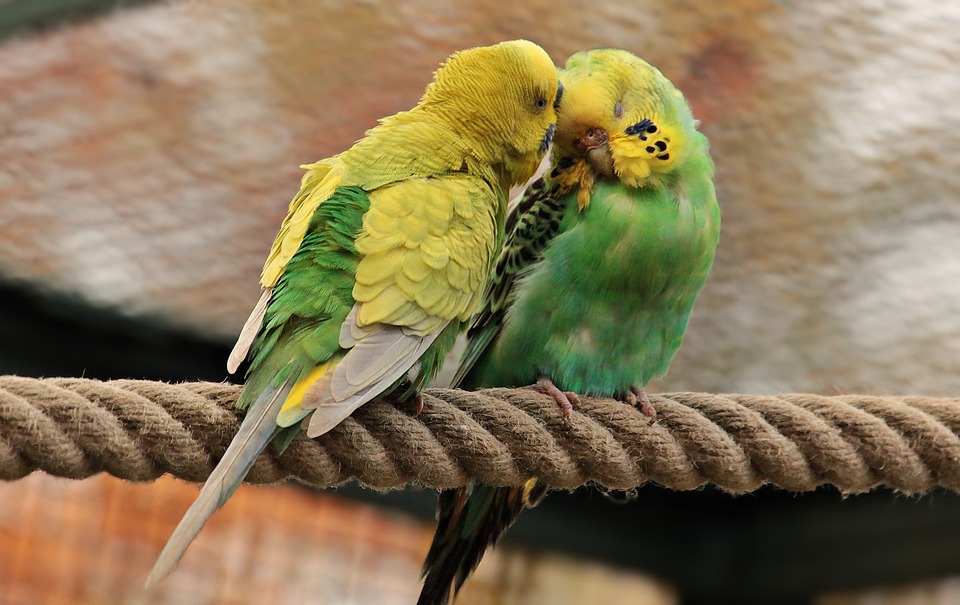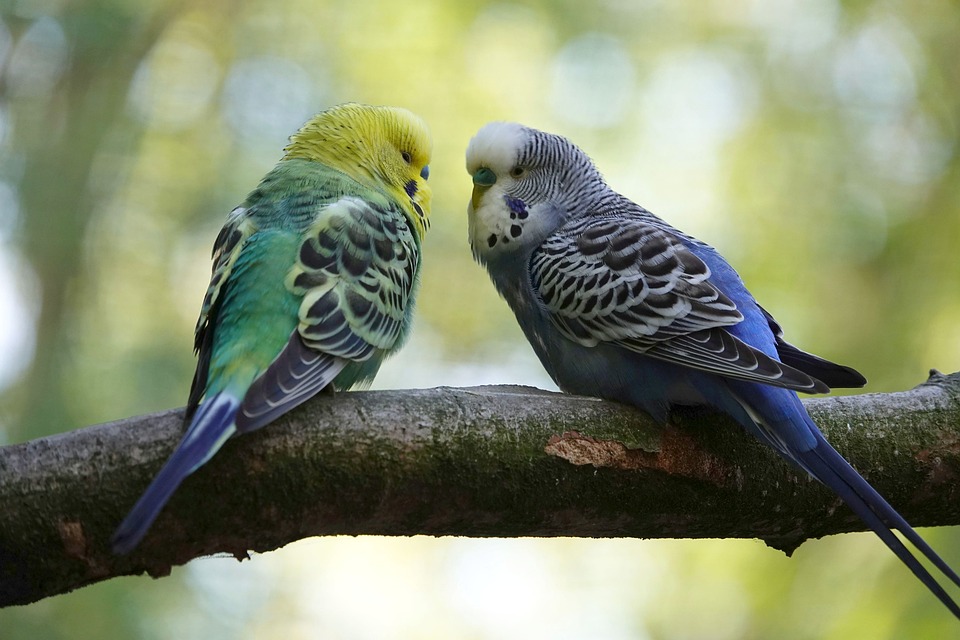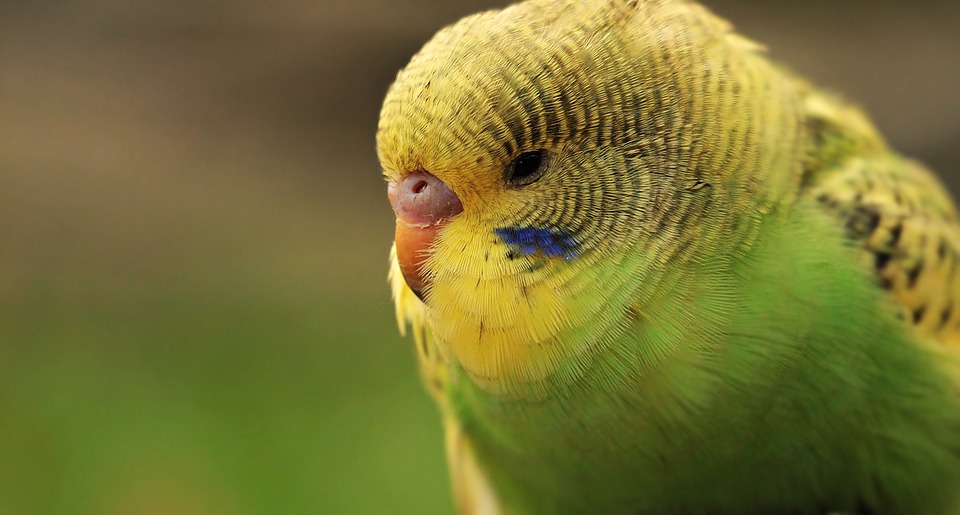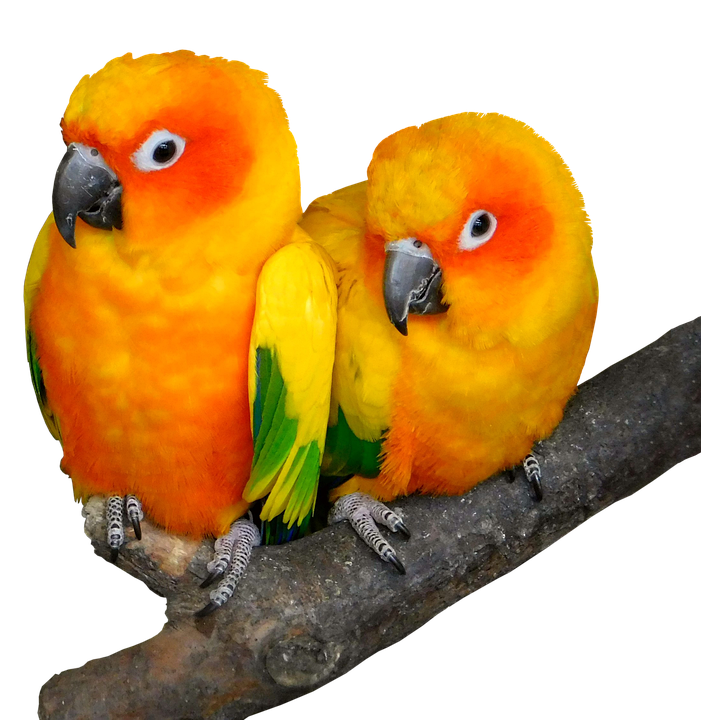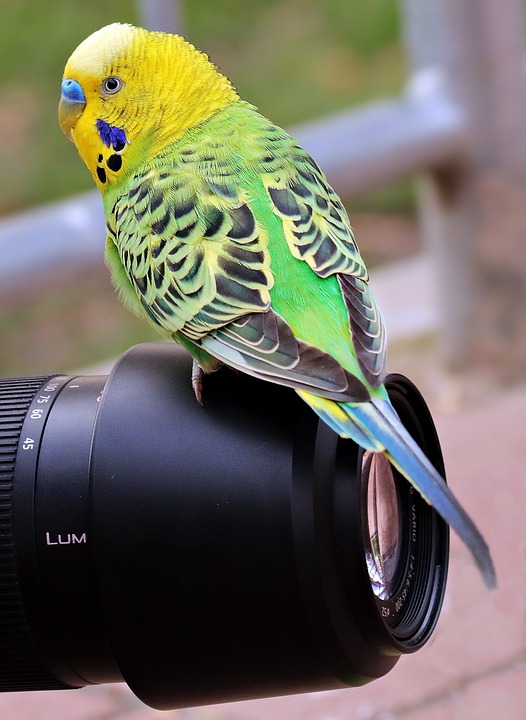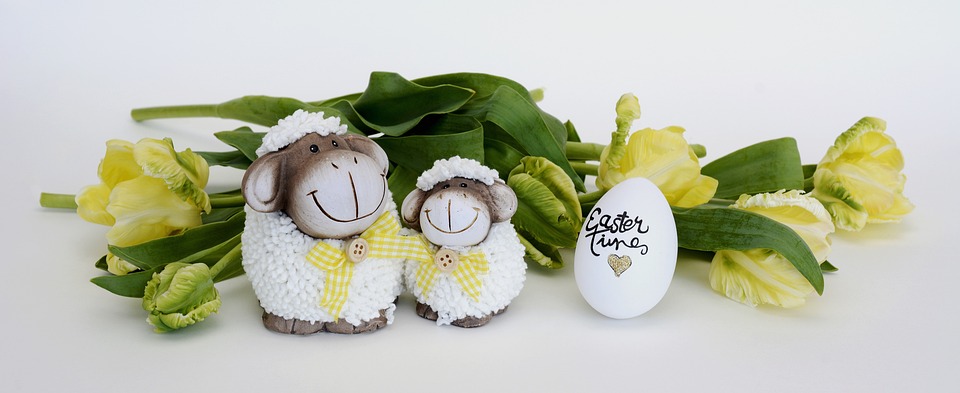Parrots, known for their vibrant colors and intelligent personalities, exhibit fascinating mating rituals that provide insights into their complex avian behavior. Understanding these rituals is crucial for parrot owners and enthusiasts to ensure the well-being and happiness of their feathered companions. In this article, we will delve into various aspects of parrot mating behavior, including courtship displays, pair bonding, nesting, and breeding.
Courtship Displays: The Prelude to Parrot Romance
Parrot courtship displays involve a range of behaviors designed to attract a mate. Vocalizations and calls play a crucial role in parrot courtship, with males often using unique calls to catch the attention of potential mates. These calls can range from loud squawks to soft murmurs, depending on the species.
Feather displays are another important aspect of courtship. Male parrots often puff up their feathers, showing off their vibrant colors and patterns to impress females. This display is a visual spectacle that demonstrates their health and genetic fitness.
Dancing and acrobatics are also common courtship behaviors in parrots. Males may perform elaborate dances or engage in impressive aerial maneuvers to capture the attention and admiration of females. These displays showcase the male’s physical abilities and serve as a means of communication and courtship.
Pair Bonding: The Foundation of Parrot Relationships
Once courtship displays have successfully attracted a mate, parrots form pair bonds. These bonds are characterized by various behaviors that strengthen the connection between the male and female.
Mutual grooming is a vital aspect of pair bonding in parrots. They use their beaks to preen each other’s feathers, removing dirt and parasites while also providing comfort and affection. This behavior reinforces the bond between mates and promotes a sense of trust and intimacy.
Sharing food is another significant behavior that symbolizes trust and care within a parrot pair. By regurgitating food for their mate, parrots demonstrate their willingness to provide nourishment and sustenance. This behavior is often seen as a form of courtship feeding and reinforces the bond between mates.
Beak grinding is an intimate gesture commonly observed in pair-bonded parrots. It involves the rhythmic movement of the beaks against each other, which is believed to provide a sense of comfort and relaxation. This behavior is often seen during resting periods and serves as a way for mates to strengthen their bond.
Nesting: Creating a Safe Haven for Future Generations
Once pair bonding is established, parrots engage in nesting behaviors to prepare for breeding and raising their offspring.
Selecting the nesting site is a crucial decision for parrot pairs. Some species prefer natural tree cavities, while others may opt for nest boxes provided by their owners. The chosen site should offer security, protection from predators, and a suitable environment for incubating eggs and raising chicks.
Nest building is a shared responsibility between male and female parrots. They collect nesting materials such as twigs, leaves, and shredded paper, arranging them to create a cozy and secure nest. This cooperative behavior strengthens the pair bond and prepares the nest for future generations.
Egg laying and incubation are crucial phases in the breeding process. Female parrots lay eggs, which are then carefully incubated by both parents. During this time, the female will remain on the nest, while the male takes on the responsibility of providing food and protection. This division of labor ensures the success of the breeding process.
Breeding: The Miracle of New Life
Breeding in parrots involves a delicate and intricate series of behaviors that culminate in the hatching and rearing of chicks.
Courtship feeding is an essential behavior during the breeding process. The male parrot will regurgitate food for the female to ensure she receives proper nutrition for egg production and incubation. This behavior strengthens the bond between mates and supports the reproductive success of the pair.
Mating behavior in parrots is a delicate ritual that involves careful positioning and physical contact. The male will mount the female, and copulation occurs, resulting in fertilization of the eggs. This behavior is often brief but plays a crucial role in the reproductive process.
Egg hatching and chick rearing are significant responsibilities for parrot parents. Both the male and female take turns incubating the eggs and providing food for the chicks once they hatch. This collaborative effort ensures the survival and well-being of the next generation.
FAQs:
1. How can I tell if my parrots are ready to mate?
– Look for courtship behaviors such as increased vocalizations, feather displays, and dancing.
– Observe if they engage in mutual grooming and food-sharing.
– Consult an avian veterinarian for a thorough health check before considering breeding.
2. Do parrots mate for life?
– While some parrot species do form lifelong partnerships, others may choose new mates in subsequent breeding seasons.
– It is essential to provide a suitable environment that encourages pair bonding and long-term relationships.
3. How can I support my parrots during the nesting phase?
– Offer a variety of nesting materials such as twigs, leaves, and shredded paper.
– Ensure a quiet and secluded area for nesting, away from high traffic or noise.
– Provide a nutritious diet to support the increased nutritional needs of breeding birds.
4. What should I do if my parrots lay eggs but I do not want them to breed?
– If breeding is not desired, consult with an avian veterinarian to discuss options such as removing the eggs or providing dummy eggs.
– It is crucial to prevent excessive breeding as it can lead to health issues for the female parrot.
Conclusion:
Understanding parrot mating rituals provides valuable insights into avian behavior and allows parrot owners to create a nurturing environment for their feathered friends. By observing courtship displays, facilitating pair bonding, and supporting nesting and breeding processes, we can ensure the well-being and happiness of our beloved parrots. Remember to consult with avian experts for guidance and always prioritize the health and safety of your parrots.


